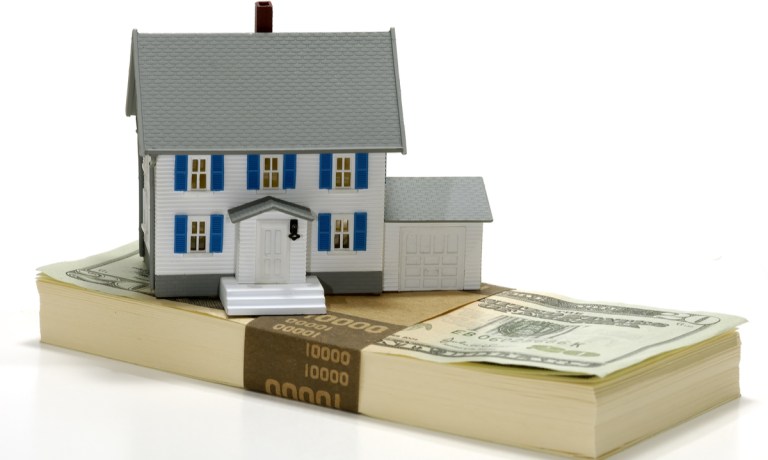Homeowners Turn to HELOCs as Mortgage Rates Rise

American homeowners are reportedly living in the age of the HELOC.
That stands for home equity line of credit, which — as a Saturday (July 15) Bloomberg News report notes — has become a more popular method of borrowing against the value of consumers’ homes as mortgage rates rise.
The report illustrates this trend through the story of Ross and Sarah Ponder, who bought a house in Austin in 2018 for $560,000, and saw its value balloon as the city’s housing market boomed following COVID.
Last year, they decided to take out a HELOC of $237,500 to help make repairs on an investment property, pay their kids’ tuition and have some extra cash.
“It’s important for us to have options for getting money in a crisis,” said Ross Ponder. “And it lets us keep our liquid cash liquid, which we prefer.”
According to Bloomberg, lenders had in recent years been cautious with HELOCs, as they can be risky for banks. They’ve become more open as 30-year-loan costs have nearly doubled since early 2022, Greg McBride, chief financial analyst at Bankrate.com, told Bloomberg.
“The phones in the mortgage refinance department aren’t ringing,” he said. “The way to get equity out of the home has swung to the HELOC.”
Meanwhile, recent PYMNTS research has found that consumers’ financial well-being has been under pressure as the cost of housing outpaces both inflation and wages.
That research found that the share of consumers who believe homeownership would be at least somewhat possible for them at some time fell by 24% over the past two years, meaning a projected 18 million Americans have abandoned the dream of owning a house since early 2021.
“Challenges exist for renters trying to better their living situation, as well,” PYMNTS wrote. “Only 27% of surveyed renters currently believe it is at least somewhat possible for them to afford a more expensive place, whereas 34% believed the same in 2021.”
In fact, 35% of renters reported they were thinking about moving to a less expensive property to reduce costs, as rents climbed 8.3% during 2022, slightly outpacing the average mortgage and property tax rate increase of 7.5%. But both of those rates exceeded the national average wage increase of 5.1% for the 12-month ending in December, according to the Bureau of Labor Statistics.
“Given this imbalance, it’s no wonder the cost of housing, whether mortgage or rent, is taking a toll on U.S. consumers’ finances,” PYMNTS wrote.



